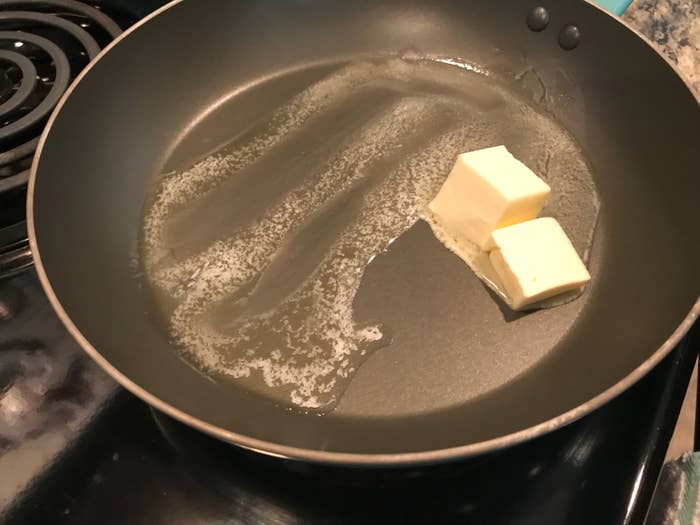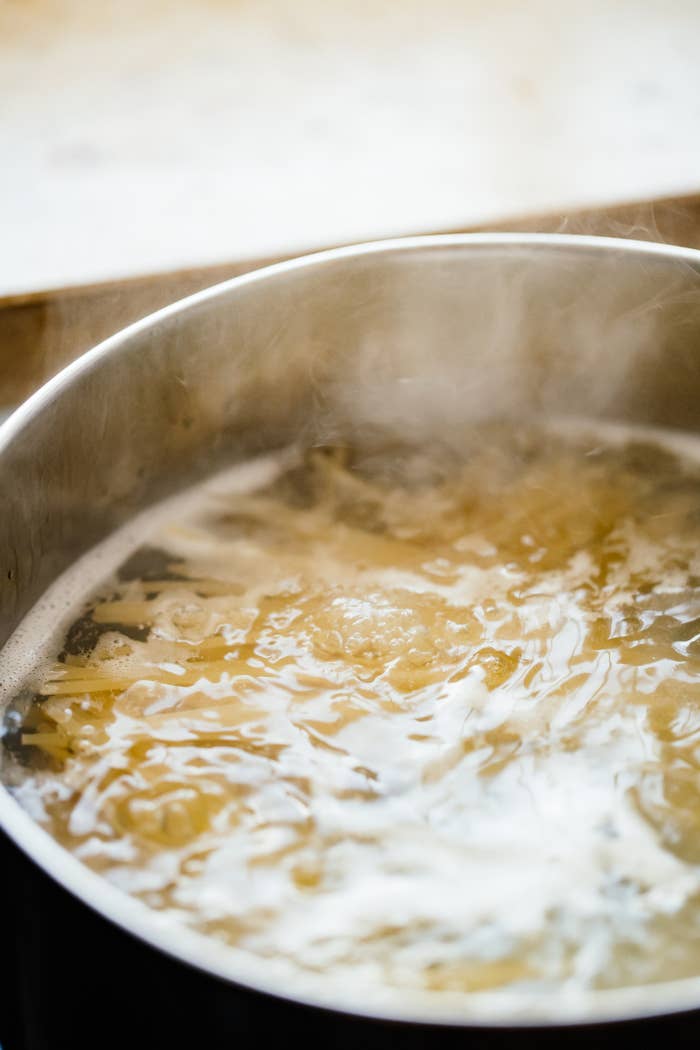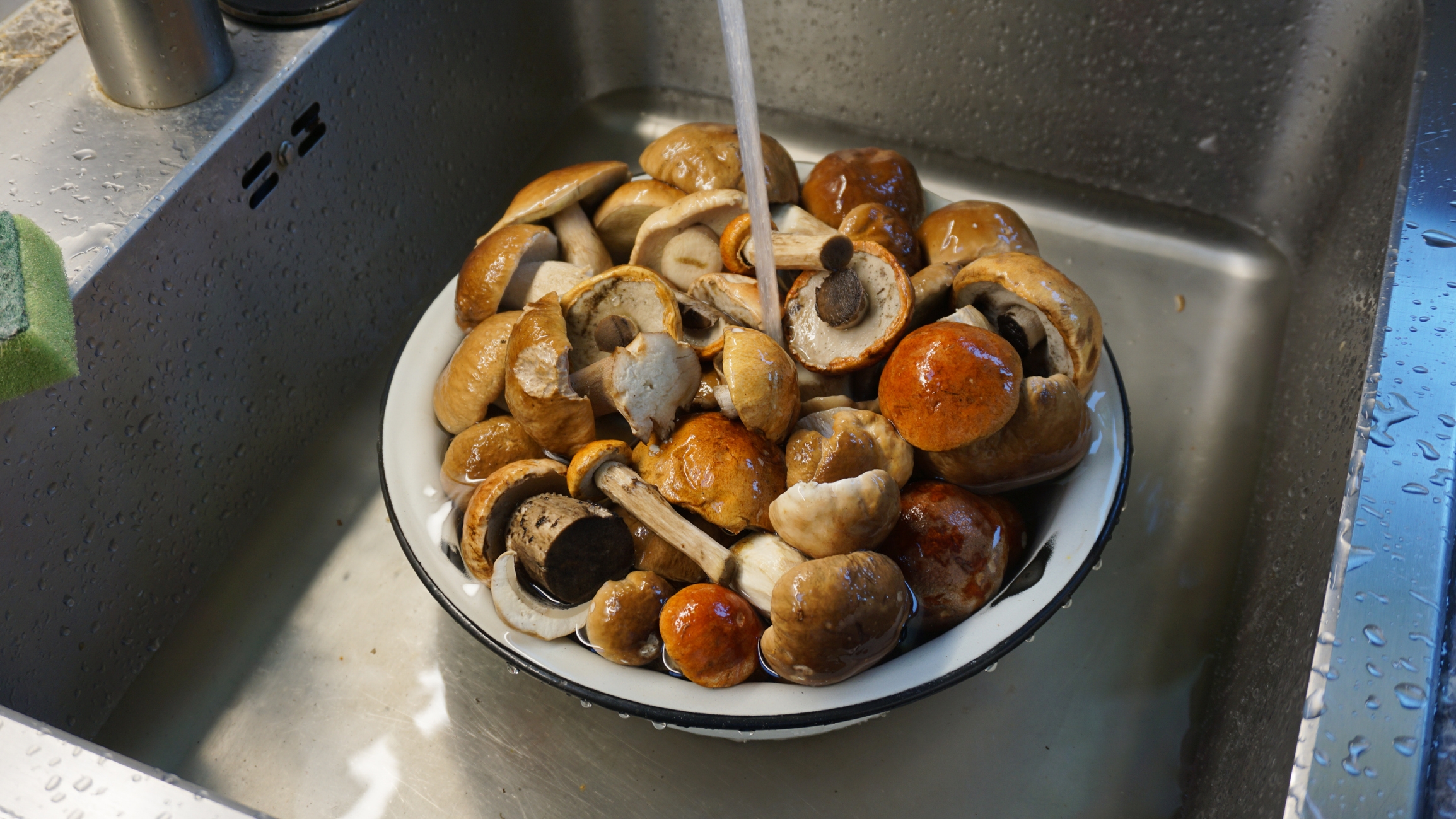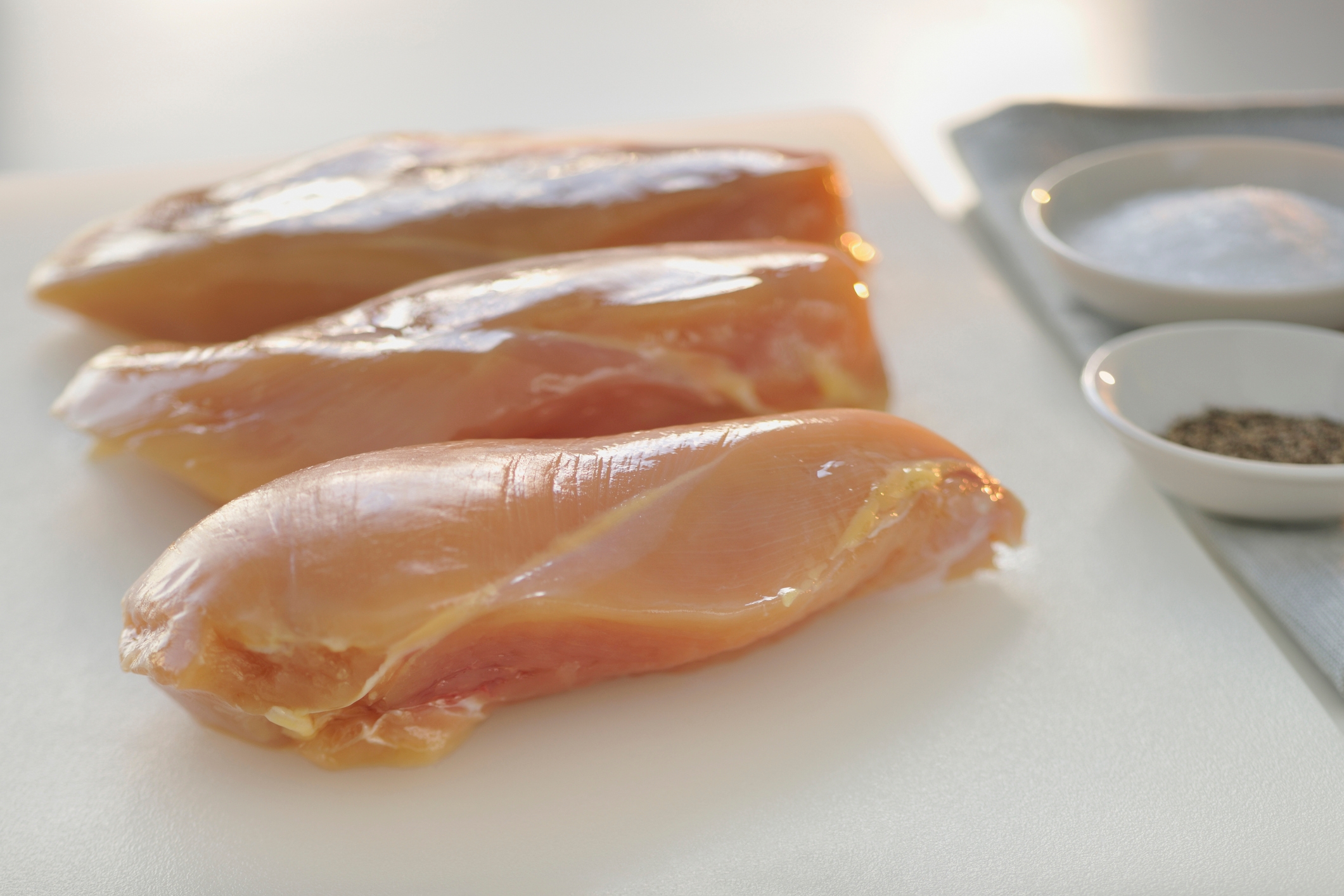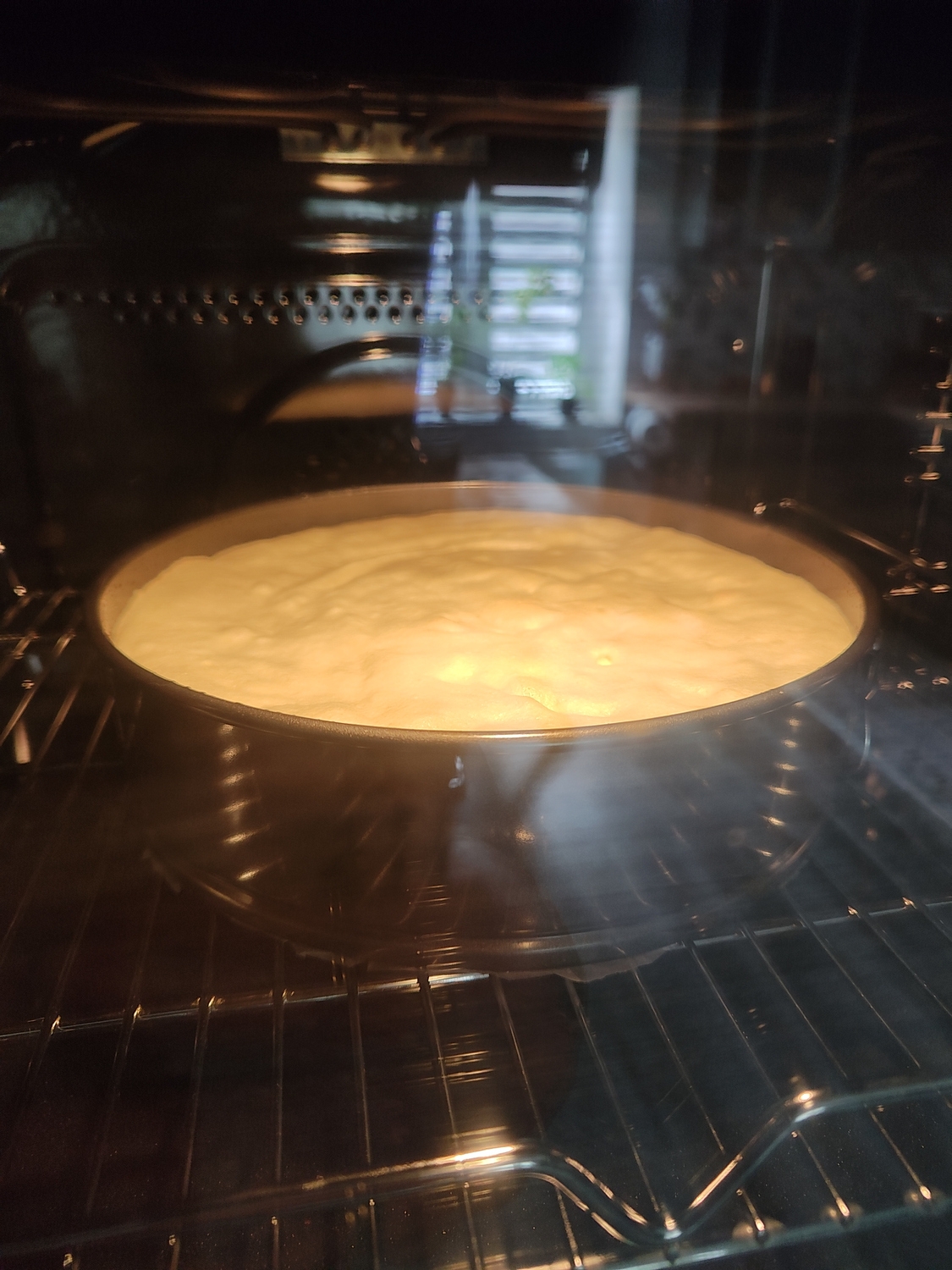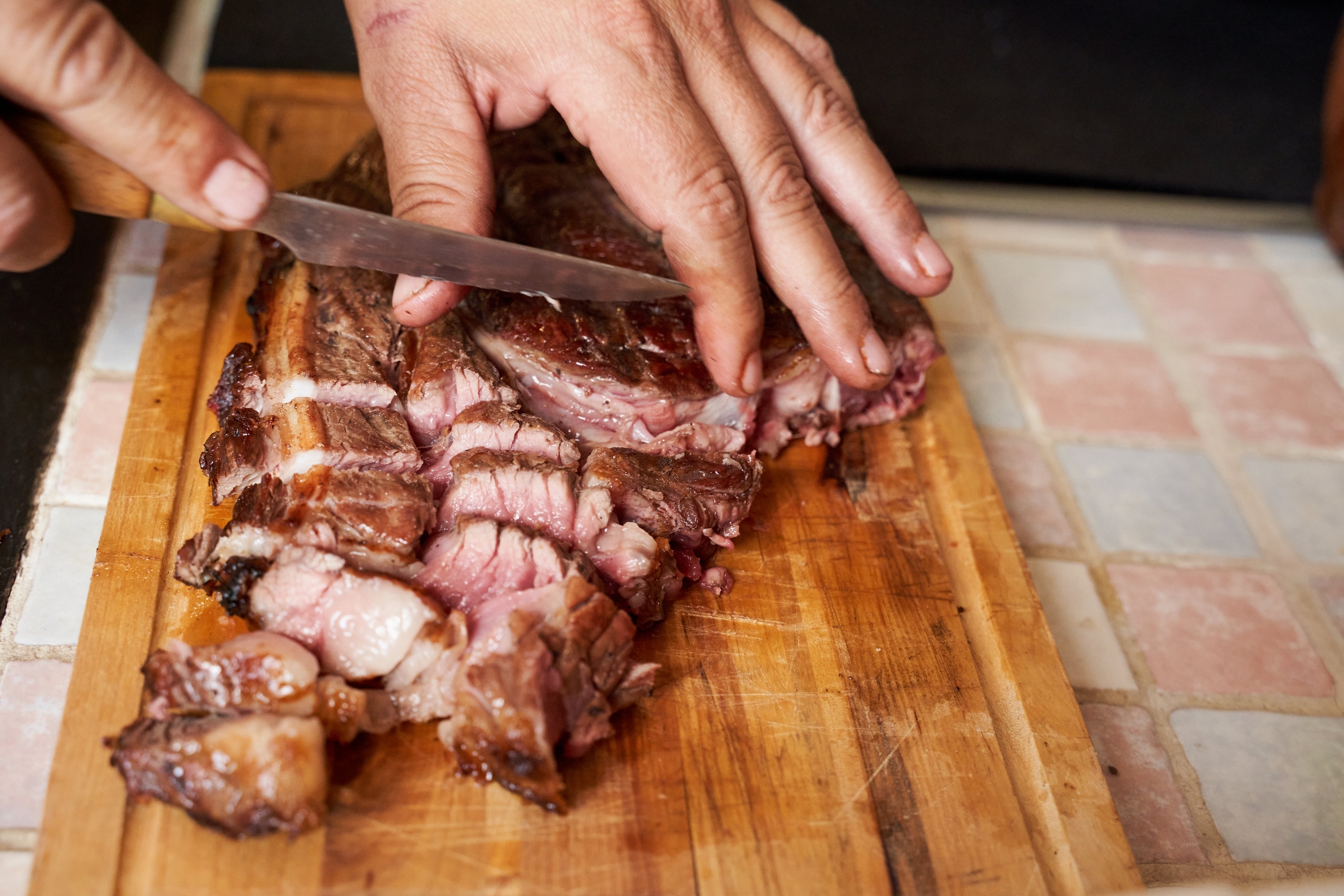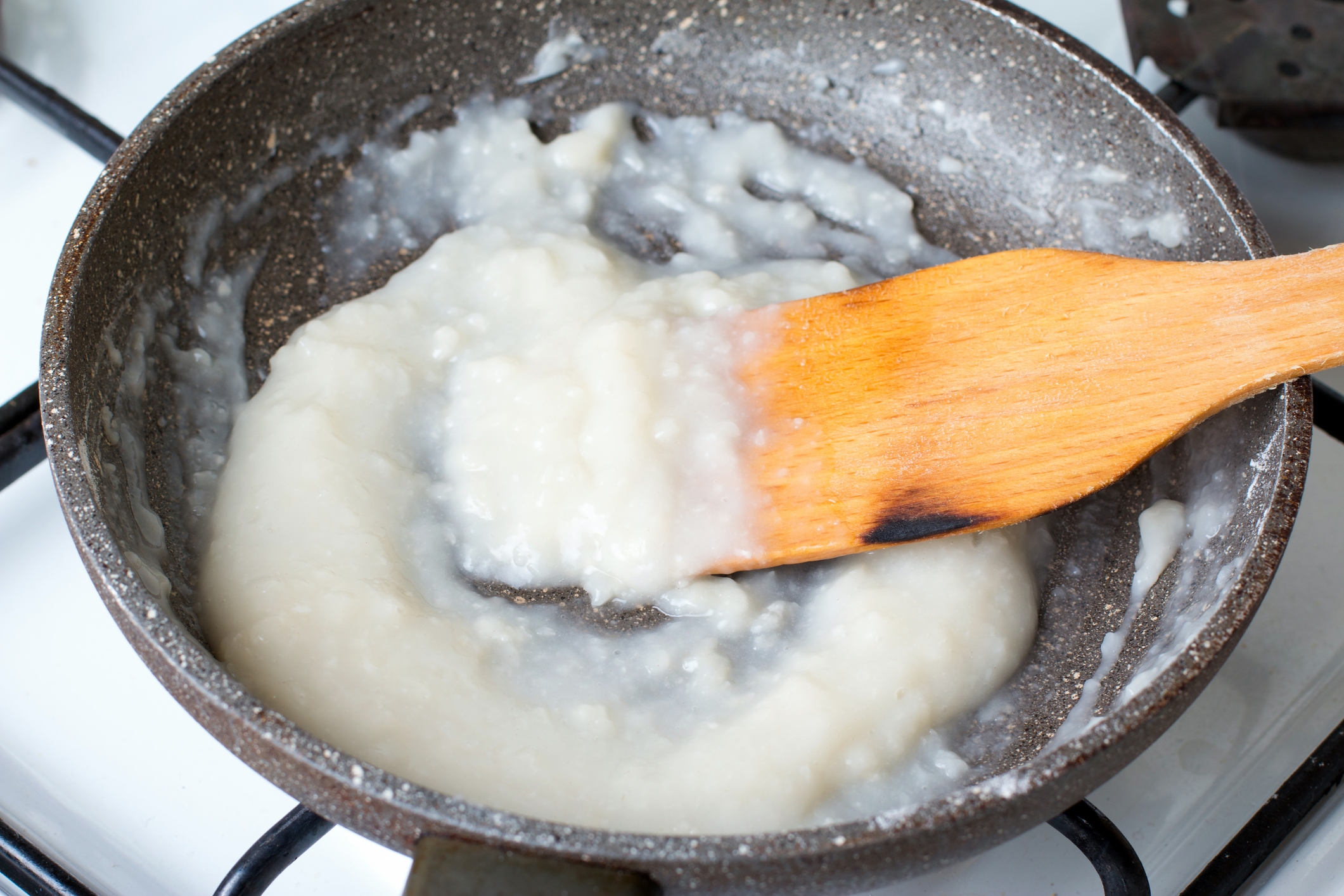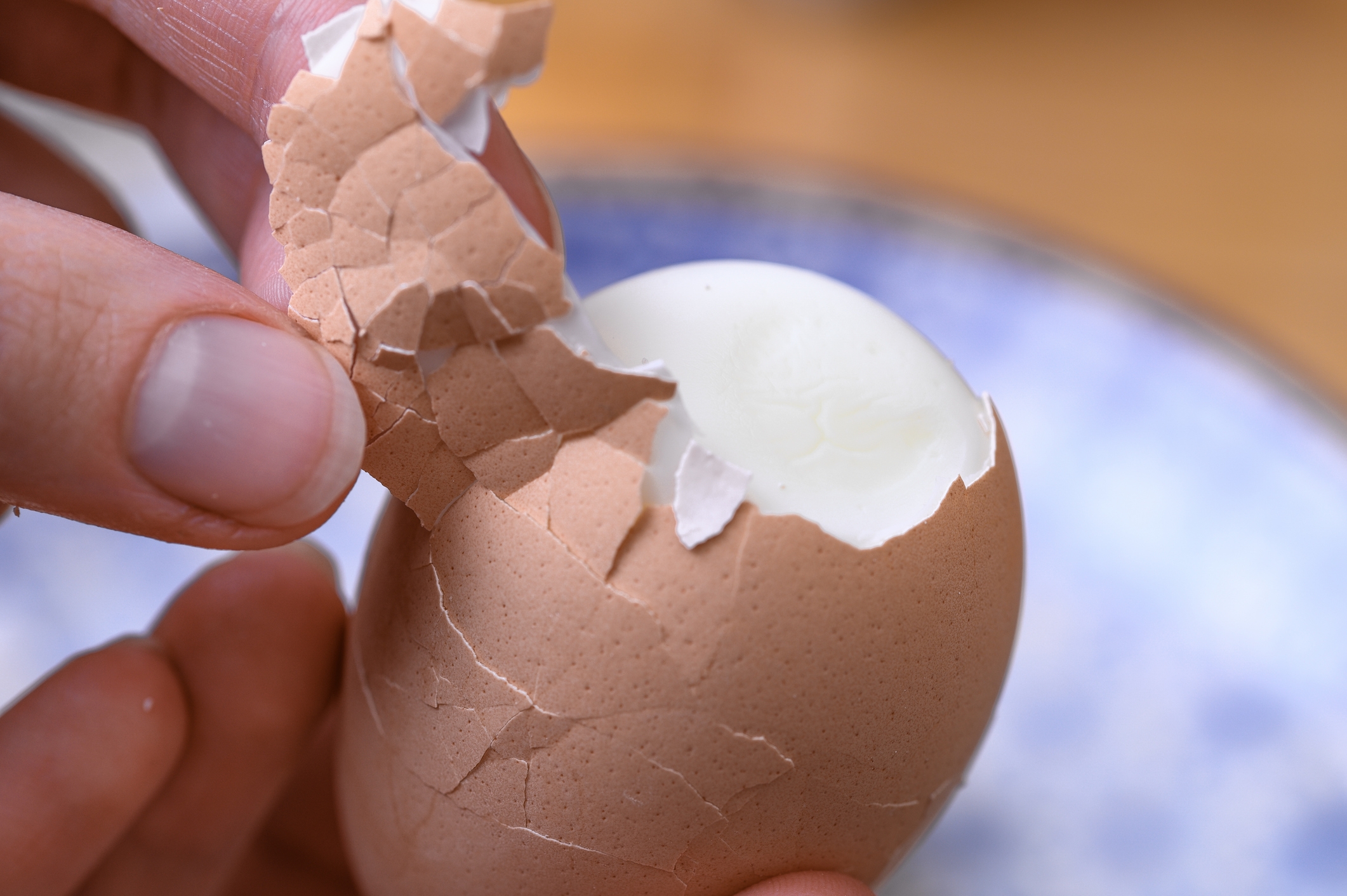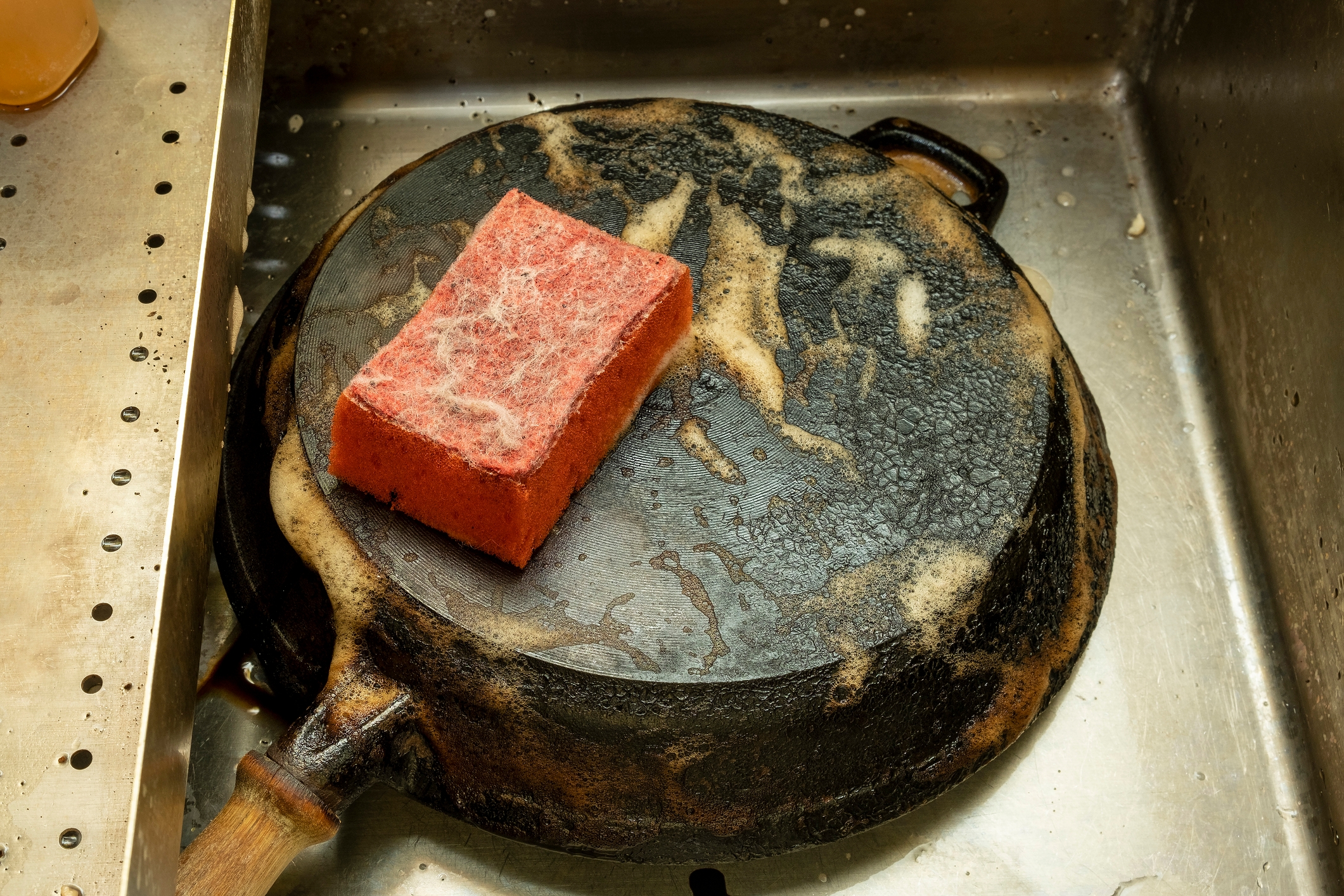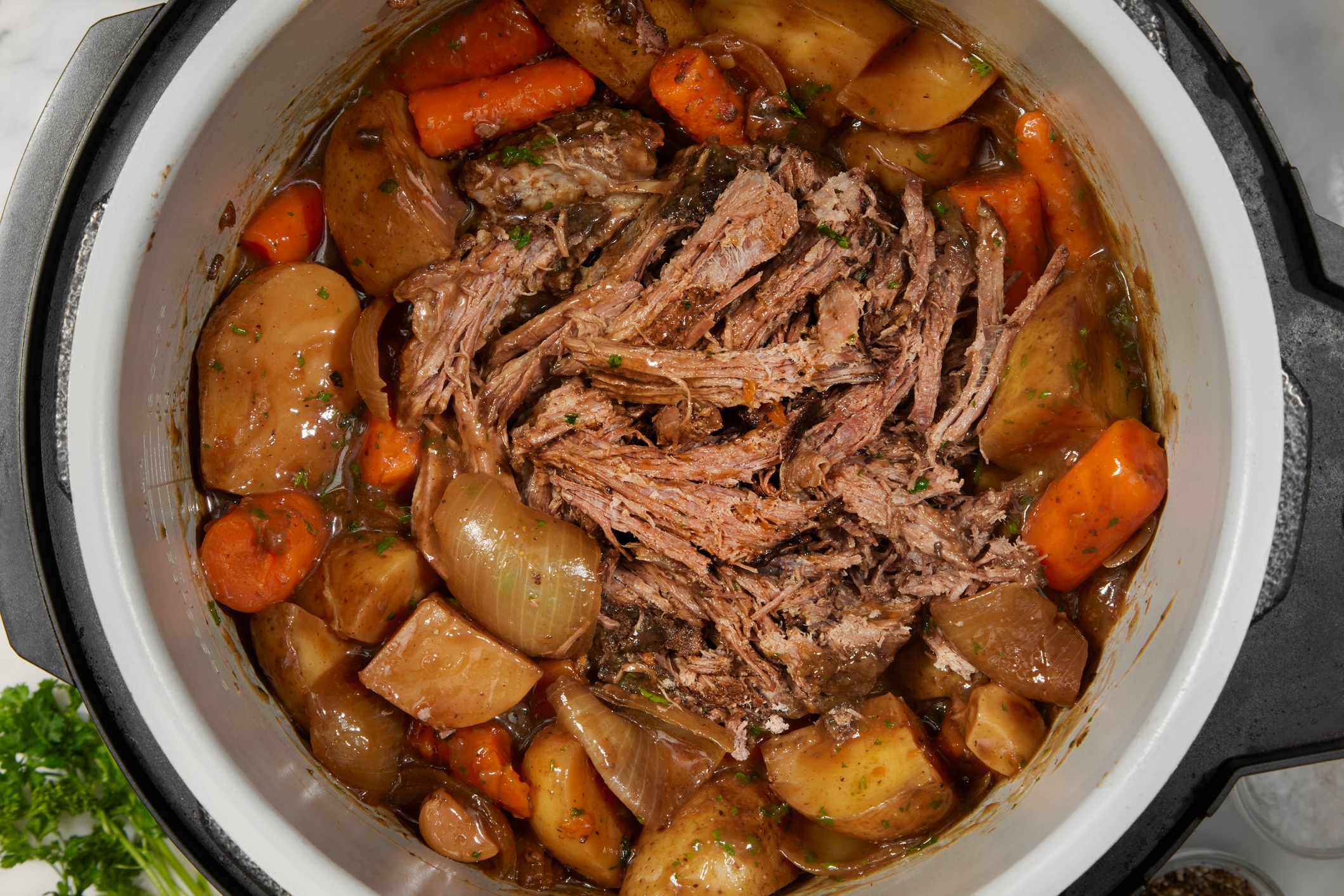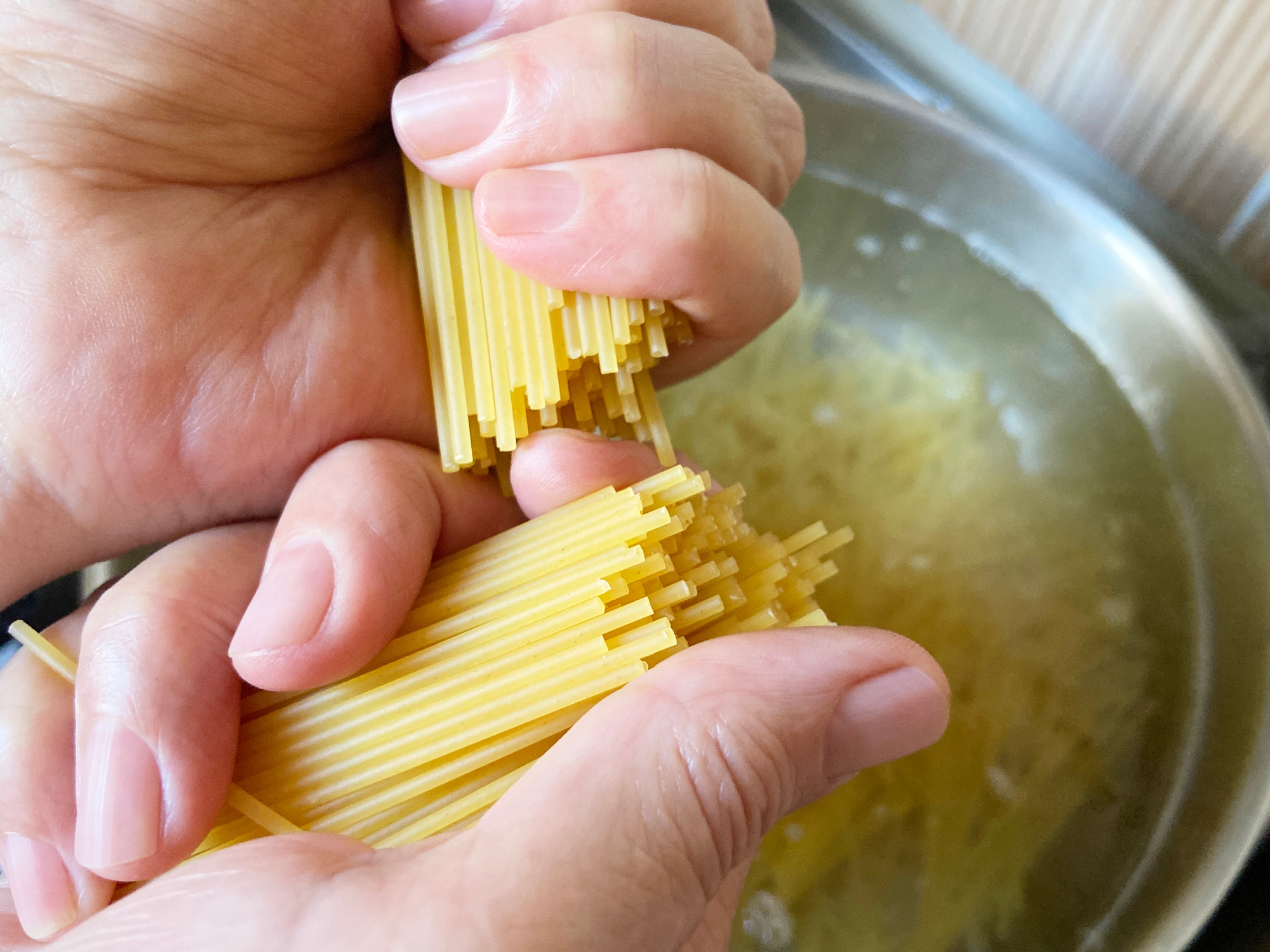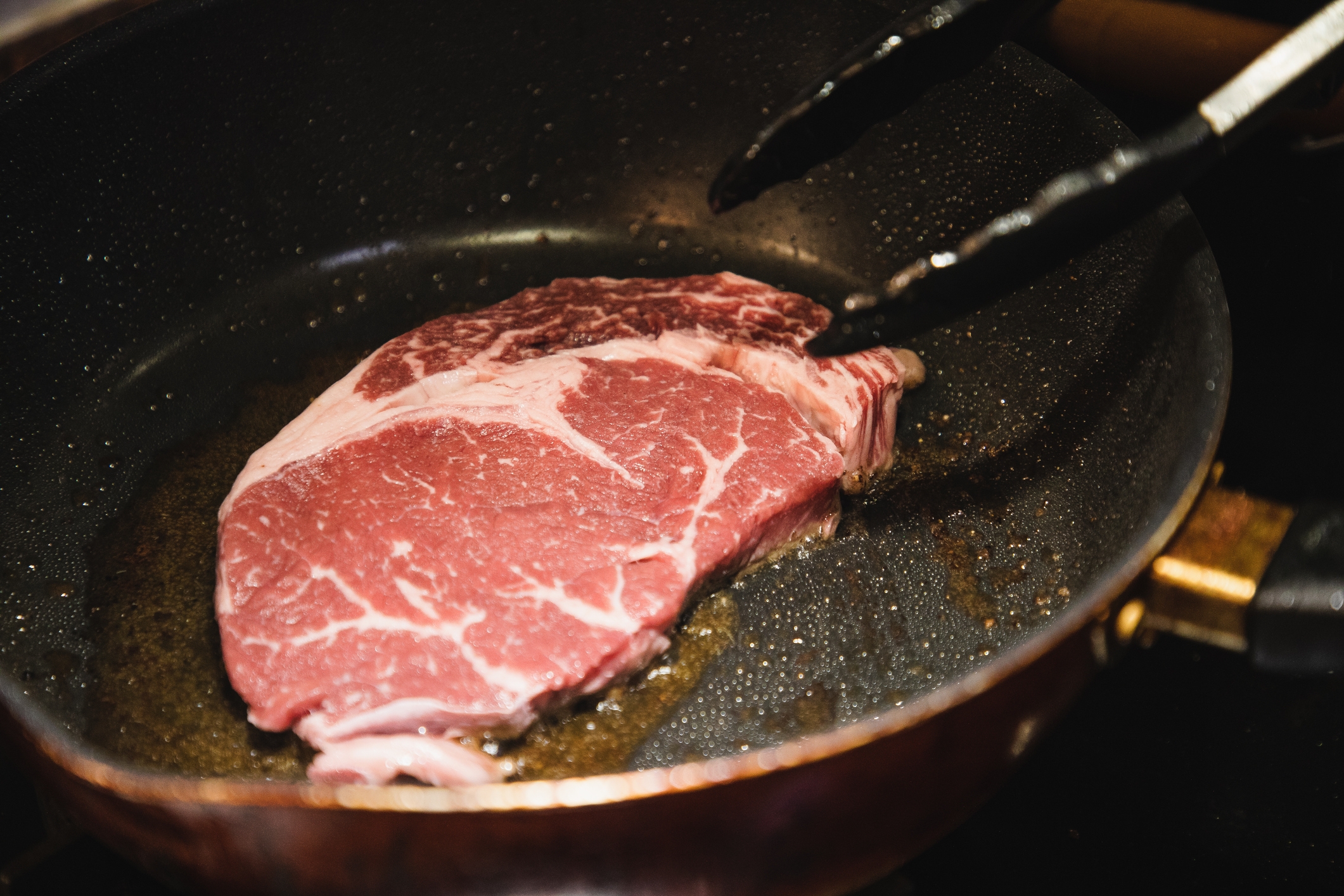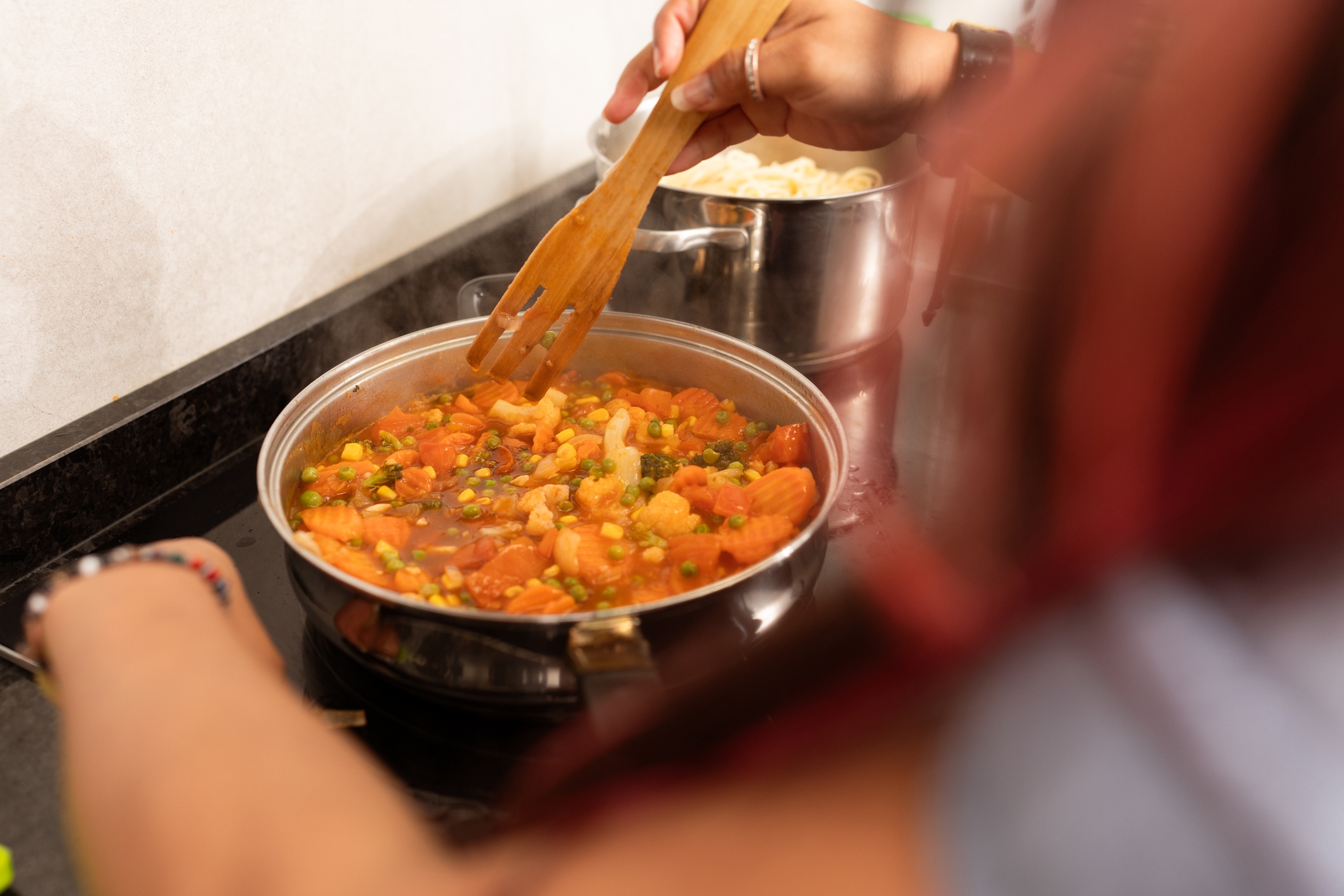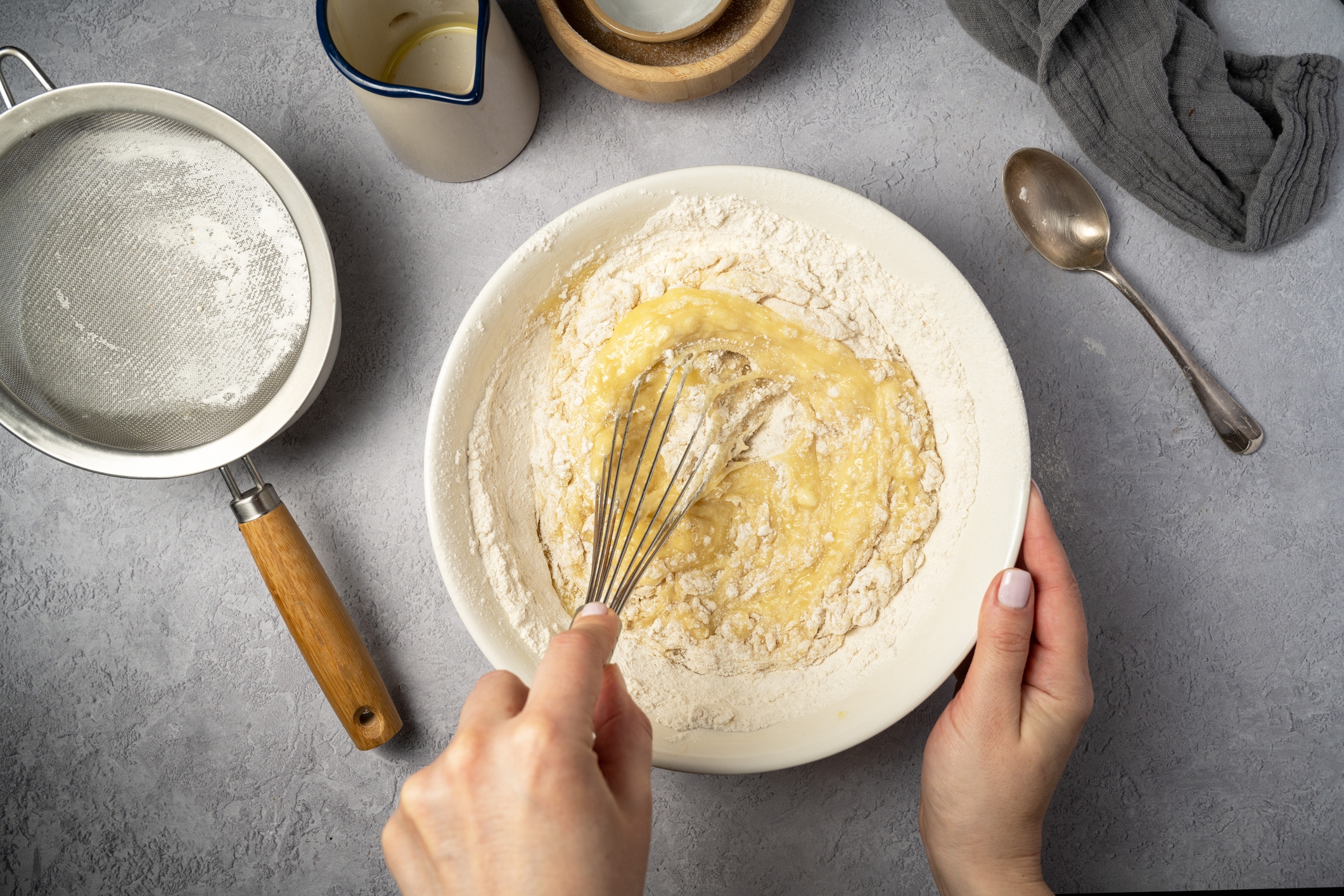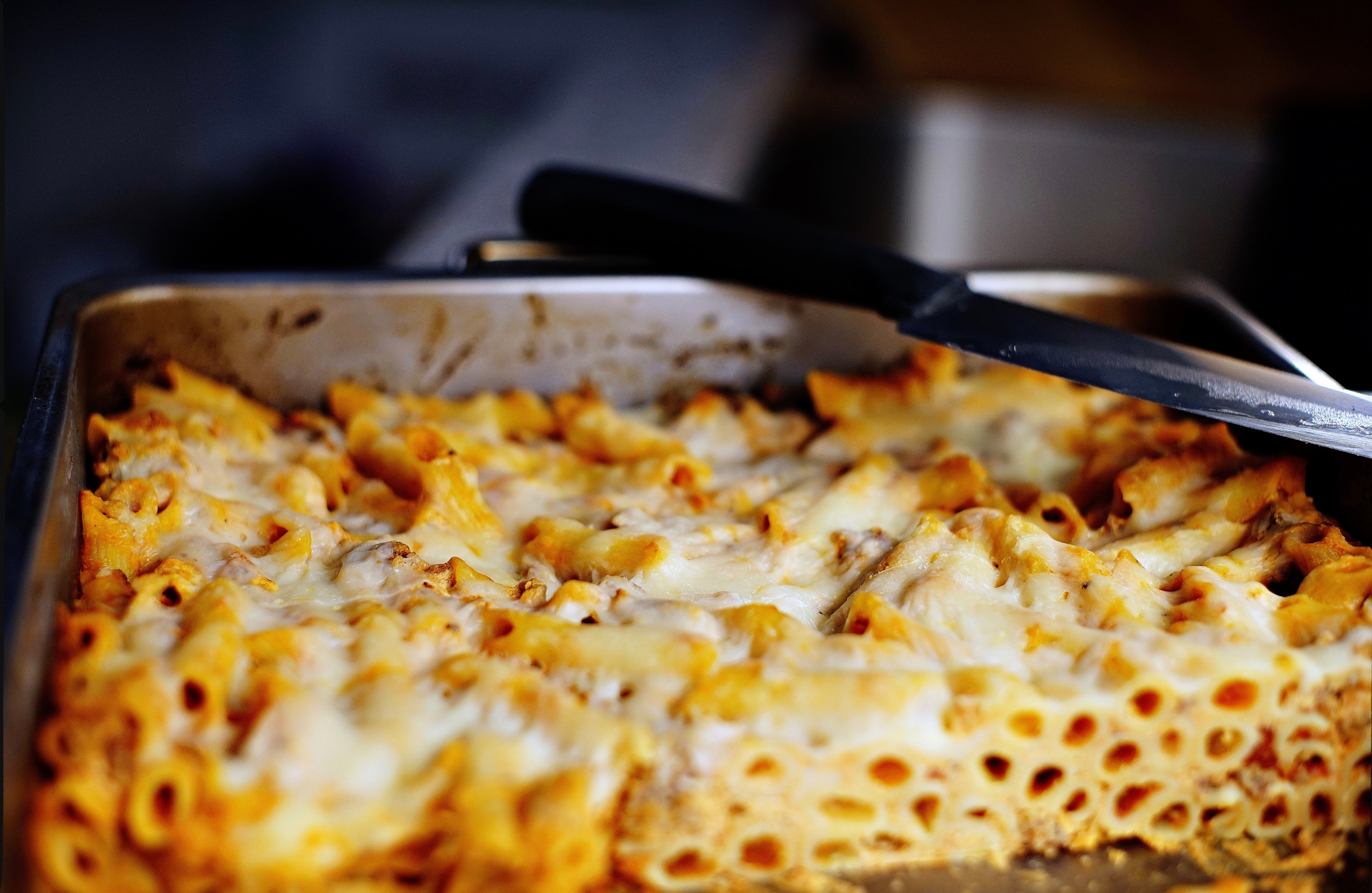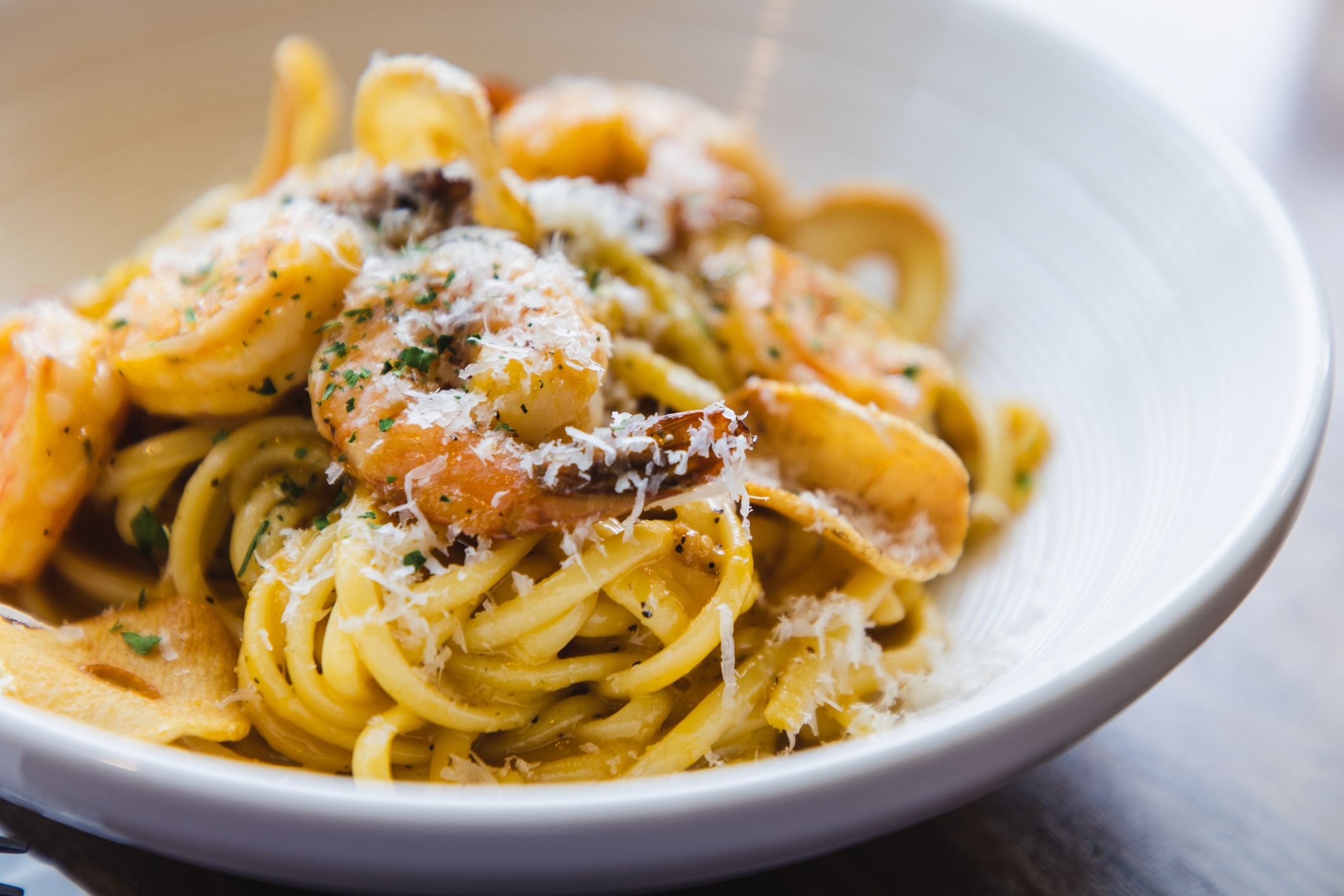" I use this substitute in almost every savoury recipe I make . Trust me , it ’s hardly noticeable . "
If you cook often (or at all, really), chances are you come across lots of commonplace kitchen “rules.” Well, Redditorbluerogasked, “What cookingadvicedoesn’t make any difference?” Here is the kitchen gospel home cooks choose todisregard.
1.“I used salted butter whenever unsalted is called for. I believe a whole stick of salted butter only contains about a quarter teaspoon of salt. If you’re making a savory dish that requires salt anyway, using a pad or two to lube your pan is hardly noticeable compared to the volume of food you’re cooking and additional seasoning the dish needs.”
2.“Using large amounts of water to cook pasta. You can use a much smaller amount, and it’s actually better for having more concentrated starchy water for dishes like cacio e pepe.”
3.“I grew up hearing that you’re not supposed to wash mushrooms, but I always wash them and it turns out fine.”
4.“You don’t need to wash your raw chicken. I will fight anyone who says you do. I’ve been cooking for 18 years. I cook raw chicken weekly and have never gotten sick. If anything, washing chicken creates possible contamination.”
5.“I’ve heard dozens of chefs say things akin to, ‘cooking is art, but baking is science,’ and, ‘you have to get baking measurements exactly right.’ But I haven’t found this to be true at all. I’ve baked hundreds of cakes in my life, and I tinker with the proportions of recipes nearly every time. People love my results and ask me to bake for them (which is why I’ve made so many cakes). Sure, you can’t go and double any ingredient on a whim, but being off by a third on just about anything still makes a cake, and sometimes it improves it. Many cake recipes are significantly improved by adding two tablespoons of mayonnaise, for example. Also, you can almost always mix the wet ingredients entirely before starting with any of the dry ones, regardless of what the recipe says. For fruity cakes, I always add about a third more salt than the recipe calls for.”
6.“My brother likes to throw his steak in the oven, then sear after letting it rest. I like to sear first, then throw on a grill, rest, and serve. We did a blind taste test and could not tell who made which (maybe one had a slightly darker sear?) And everyone who had the steaks couldn’t pick one they preferred.”
7.“I don’t heat milk up before adding it to a roux. Cold milk it is.”
8.“Adding all the stock to risotto in one go versus adding it slowly in small ladlefuls. The end result is the same.”
9.“Boiling eggs in water with a splash of vinegar does not make it any easier to peel them when they’re cooked.”
10.“All the advice about caring for cast iron. I would argue some of that advice makes a difference in that it’s actively bad. There are people out there cooking with a skillet with years' worth of ‘seasoning’ that’s just gross burnt food remnants.”
11.“Bringing meat to room temp before cooking it. You can cook meat straight from the fridge, and you will never notice a difference. I can’t remember which YouTube channel did the experiments, but they showed their work, and the final outcome is that letting meat sit out for an hour or two before cooking makes no difference in the outcome. Yet you still hear big-name chefs telling you to do this.”
— FeralOctopus
12.“On slow-cooked meats (think crock pot or a loooooong braise), I have not found searing the meat first to result in any better flavor development. All it does is take extra time and leave me with an extra dish to wash.”
13.“I’m going to continue breaking my spaghetti noodles into pieces that are more convenient to boil and eat, and nobody can convince me this is not a superior way of going about things!”
14.“Using a screaming hot pan for searing. You can’t cook higher than the smoke point of your oil. All you’re doing is tripping your home’s smoke detectors, creating acrid oxidized fats that are terrible for you and tastes bad. Maillard reaction only needs around 300°-330°F. Plenty of room below the smoke point to get a nice sear without breaking down your oil to acrid flavors.”
15.“You definitely don’t have to thaw veggies before cooking them. In fact, I also don’t thaw frozen seafood.”
16.“I hardly ever sift when baking. I measure dry ingredients by weight and then whisk for a few seconds. Whisks are easier to clean and dry.”
17.“All the rules about properly thawing. I take out the meat in the morning and leave it on the counter all day. My parents always have. My grandparents did after getting an icebox. No one has had a problem. We have these little granite slabs you decorate with and throw your meat on one of those bad boys, and it will be ready to go after work. It is always still cold. Then we cook it and eat it. I never even realized that was a no-no.”
— Lalalace1640
18.“When I’m making a bakedpasta dishlike lasagna, baked ziti, or mac ‘n’ cheese, I never boil the pasta ahead of time. A 10-minute soak in hot water from the tap is all you need. They come out perfectly cooked every time. And as an added bonus, they soak up any excess liquid so that the dish doesn’t come out soupy.”
19.“Don’t believe what you hear. Cheese and seafood DO go together!”
20.“I personally believe that the only reason for wet and dry measuring cups is that it’s easier to scoop with the dry and easier not to spill liquids in the wet cups.”
— NoUseForAUsername
